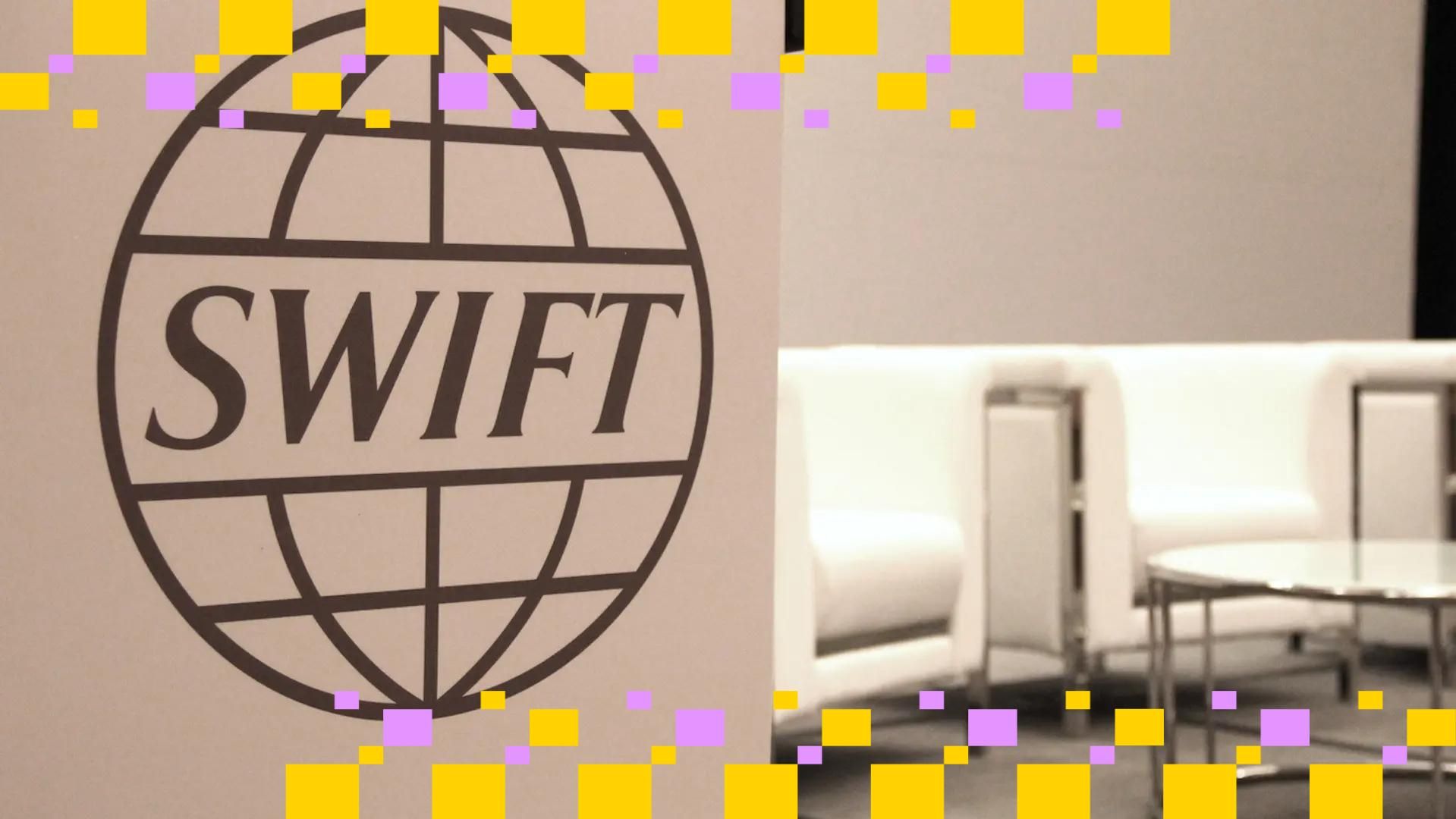
SWIFT, the spine of the worldwide monetary messaging system, is taking a step towards changing into a full-fledged blockchain infrastructure supplier.
This week, the community unveiled plans to construct a shared ledger platform that may let banks settle transactions involving stablecoins and tokenized property throughout a number of blockchains.
Whereas SWIFT has lengthy served because the messaging layer for cross-border cash motion, the brand new platform would put it nearer to the middle of worth switch.
That’s a serious shift for a greater than 50-year-old conventional monetary group recognized for dealing with communications between greater than 11,500 banks, not for shifting cash itself.
SWIFT’s altering function
“The massive improvement is SWIFT’s altering enterprise mannequin to deal with blockchain disintermediation,” mentioned Noelle Acheson, creator of the Crypto Is Macro Now publication. “SWIFT, right this moment, doesn’t switch worth; it sends messages. Onchain, the message and the switch are the identical factor.
Acheson argued the brand new platform might act as a “switching” layer for digital currencies and tokenized property, bridging in any other case siloed methods. Nonetheless, she questioned whether or not SWIFT continues to be important in a world of programmable cash.
“Is SWIFT essential in a tokenized monetary system? No, it’s not—nevertheless it does have connections with nearly all world banks,” she mentioned.
Onboarding banks to stablecoins
These connections might give SWIFT an edge as banks search for a path into the blockchain economic system.
“The trade is shifting at a speedy tempo, and stablecoins are being adopted globally at such a velocity that conventional banks are having to take discover,” mentioned Barry O’Sullivan, director of banking and funds at OpenPayd.
SWIFT mentioned over 30 monetary establishments are already engaged with the mission. O’Sullivan expects extra to comply with as demand and regulatory readability improve. “Adoption, interoperability and regulatory alignment will take time,” he mentioned. “Nonetheless, SWIFT is clearly positioning itself to play a significant function in shaping the evolving stablecoin and tokenised asset ecosystem.”
SWIFT’s platform might additionally “materially decrease” technical limitations and integration prices for monetary establishments that wish to embed stablecoins into their operations, mentioned David Duong, head of institutional analysis at Coinbase.
O’Sullivan famous that the platform might deliver “some standardization to the worldwide stablecoin ecosystem,” although fragmentation will seemingly persist. “Current personal stablecoins, CBDCs and regional options might proceed to function in parallel,” he mentioned.
Years within the making
Duong described SWIFT’s initiative as a “watershed second” for each crypto and conventional finance, however reminded that it has been years within the making. The corporate has been experimenting with distributed ledger expertise since 2017, Duong mentioned, together with conducting pilot tasks with Chainlink, tokenized securities platforms Clearstream and SETL and interoperability exams with CBDCs. Growing its personal shared ledger platform seems to be the subsequent stage in that long-running transition, Duong mentioned.
Nonetheless, not everybody may even see SWIFT as a impartial participant. Its function in implementing sanctions has led to mistrust in international locations the place banks had been minimize off from the community, Acheson mentioned.
“It’s not clear that its providing would cease the fee methods fragmentation, given world mistrust following SWIFT’s function in implementing U.S. and EU sanctions,” she argued.
Even so, SWIFT’s choice underscores that the traces between conventional and blockchain finance are more and more getting intertwined and the world’s largest monetary establishments are – slowly, then immediately – taking initiative to remain related.




